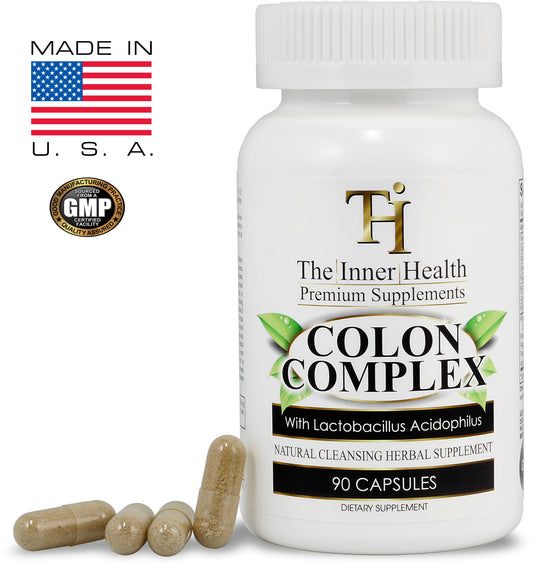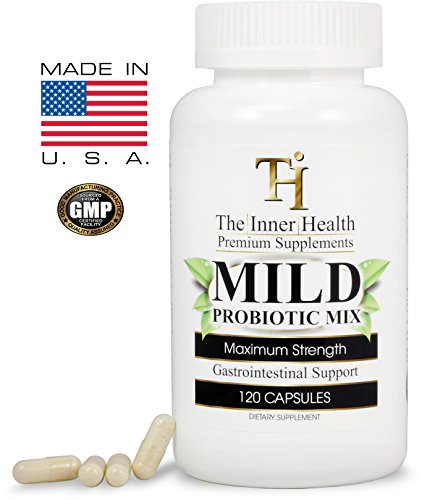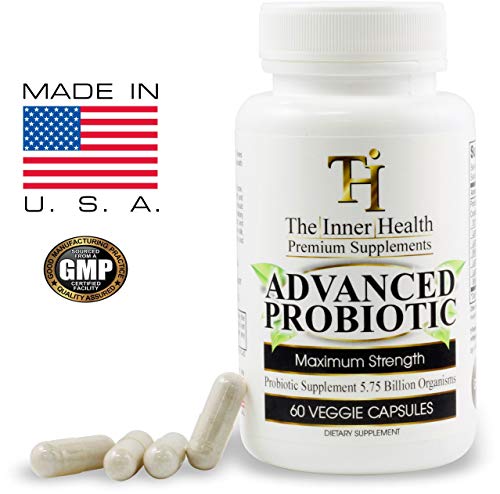Although licorice as a candy is either much loved or downright hated, it possesses many beneficial properties. The extract from the root of the plant has been used in medicine for centuries to support the body in combating oxidative stress and improve the functioning of many systems, including the immune, respiratory, and digestive systems. What compounds does licorice owe its action to? What does it help with? We explain.
What is Licorice?
Licorice (Glycyrrhiza L.) is an inconspicuous plant from the legume family that grows wild in Southern Europe and Southwest Asia. It is now also cultivated in Poland. Its name derives from the Greek words: glykis - "sweet" and rhiza - "root". It is used in the production of gummy candies and hard candies, whose intense flavor may not suit all candy lovers. However, the history of deriving benefits from licorice goes much further back, to ancient China, where it was used as a component of herbal preparations. In Europe, the plant was introduced by ancient Greeks and Romans. To this day, it is used in herbal medicine and as an addition to dietary supplements.
Interestingly, licorice covers about 36 different species, with the most commonly known being Glycyrrhiza Glabra, or smooth licorice.
What Compounds Does Licorice Contain?
The most nutrient-rich part of the plant is its root. It contains substances such as:
- Triterpene saponins - under this complex name are compounds (the most important of which is glycyrrhizin) responsible for the characteristic sweet taste of licorice. They support retaining water in the skin, facilitating its hydration.
- Coumarins - have anticancer and antioxidant properties, meaning they capture free radicals and inhibit their excessive production.
- Flavonoids - organic compounds, most of which serve as pigments. They exhibit antioxidant activity, i.e., they eliminate the effects of oxidative stress, which are reactive oxygen forms. They also protect against too high cholesterol levels.
- Amino acids and proteins - serve various functions including building, maintaining proper pH of body fluids, carrying certain vitamins and minerals, and participating in regulating blood pressure.
- B vitamins - regulate energy levels, stimulate metabolism, enhance mental performance, improve hair, skin, and nail condition.
- Polysaccharides - these complex sugars bind water, preventing its loss and drying of the skin.
The Use of Licorice in Medicine
With as many as 400 substances in the root of licorice, it is keenly used in medicine and cosmetics. Products containing it act antivirally, bacteriostatically, and immunosuppressively, making them can be used adjunctively in treating colds and mild respiratory diseases. Moreover, chemical compounds in licorice facilitate the expectoration of secretion accumulated in the respiratory tract, by stimulating the movements of the ciliated epithelium and stimulating the secretory function of the mucous membranes of the upper respiratory tract. The literature also reports that the plant inhibits the development of Helicobacter pylori, which is one of the factors causing peptic ulcer disease and cancers of the stomach and duodenum, and supports the nervous system and cognitive functions. Additionally, it aids in regenerating the gastrointestinal mucosa, alleviating digestive problems, and protects the liver from steatosis. Extracts from licorice can also be used by people struggling with reproductive system diseases. Glycyrrhiza L. contains phytoestrogens, which in women can alleviate symptoms of menopause and premenstrual syndrome. However, it should be noted that the use of dietary supplements should never be an alternative to conventional medicine. And before starting their intake, consultation with a doctor is necessary.
Contraindications for Taking Licorice
People who should refrain from purchasing preparations containing licorice extract include pregnant and breastfeeding women, individuals with kidney failure, gallstones, liver cirrhosis, hypertension, and low potassium levels.
Recommended Dosage of Licorice
The recommended dosage of licorice root is from 5 g to 15 g orally per day, which corresponds to 200-600 mg of glycyrrhizin per day. And the treatment itself should not last longer than six weeks. Before starting supplementation, familiarize yourself with the content of the leaflet included with the product package. Excessive intake of licorice can cause problems with urine excretion, leading to edema, as well as sexual performance disorders. Sources: J. B. Vibha, K. Choudhary, M. Singh, M. S. Rathore, N. S. Shekhawat, A Study on Pharmacokinetics and Therapeutic Efficacy of Glycyrrhiza glabra: A Miracle Medicinal Herb, "Botany Research International", 2009. Glycyrrhiza Tourn. ex L.. [w:] Plants of the World online [on-line]. Royal Botanic Gardens, Kew. https://powo.science.kew.org/taxon/urn:lsid:ipni.org:names:22503-1.





